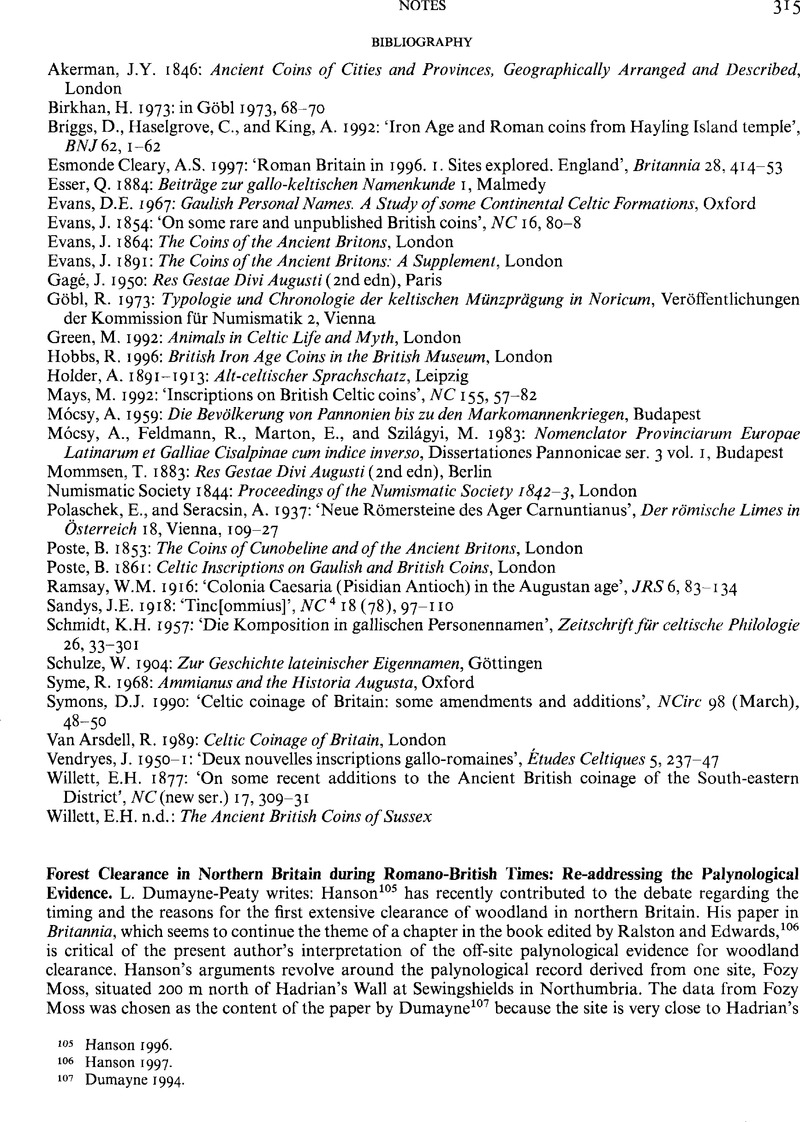Crossref Citations
This article has been cited by the following publications. This list is generated based on data provided by Crossref.
Dumayne-Peaty, L
1999.
Late Holocene human impact on the vegetation of southeastern Scotland: a pollen diagram from Dogden Moss, Berwickshire.
Review of Palaeobotany and Palynology,
Vol. 105,
Issue. 3-4,
p.
121.
Campbell, Chloe
Tipping, Richard
and
Cowley, David
2002.
Continuity and stability in past upland land uses in the western Cheviot Hills, southern Scotland.
Landscape History,
Vol. 24,
Issue. 1,
p.
111.
Dark, Petra
2015.
Hadrian’s Wall in Context: A Multi-Proxy Palaeoenvironmental Perspective from Lakes.
Late Antique Archaeology,
Vol. 11,
Issue. 1,
p.
121.
Jones, Samantha E.
López-Costas, Olalla
Martínez Cortizas, Antonio
Mighall, Tim M.
Stratigos, Michael J.
and
Noble, Gordon
2022.
Lake and crannog: A 2500-year palaeoenvironmental record of continuity and change in NE Scotland.
Quaternary Science Reviews,
Vol. 285,
Issue. ,
p.
107532.





